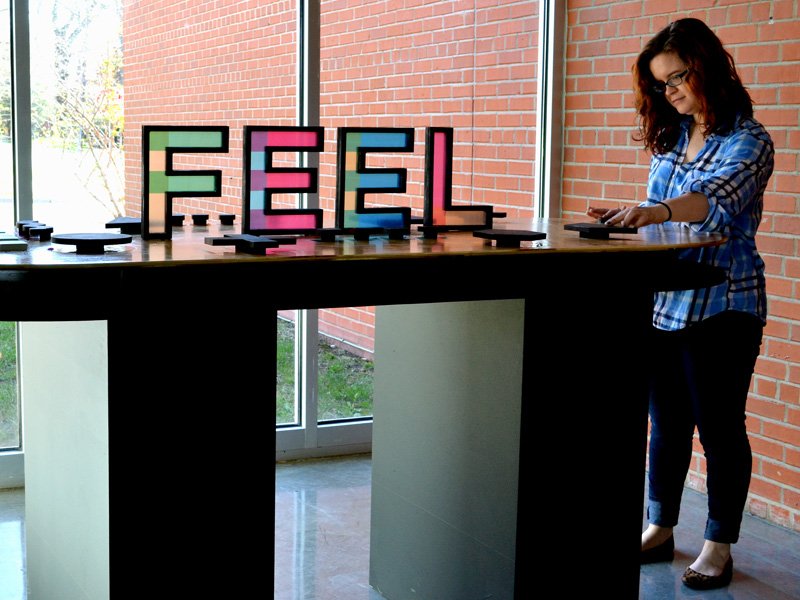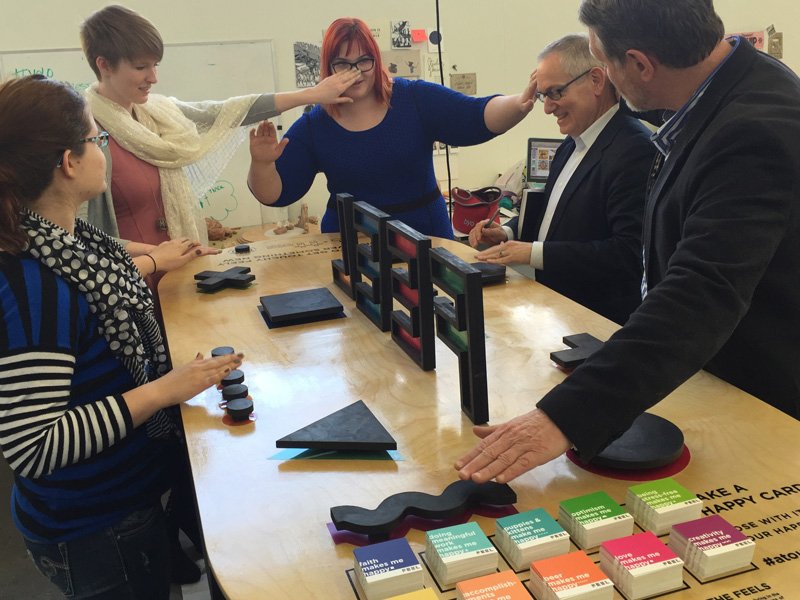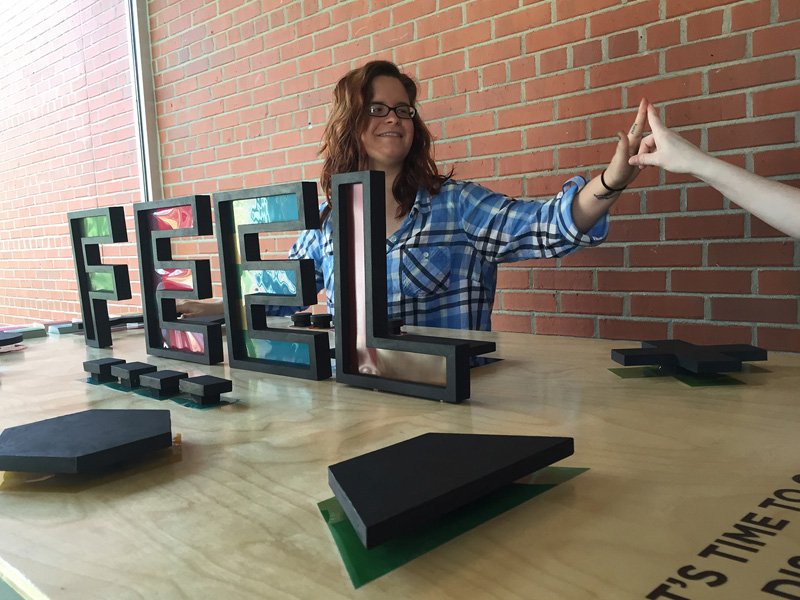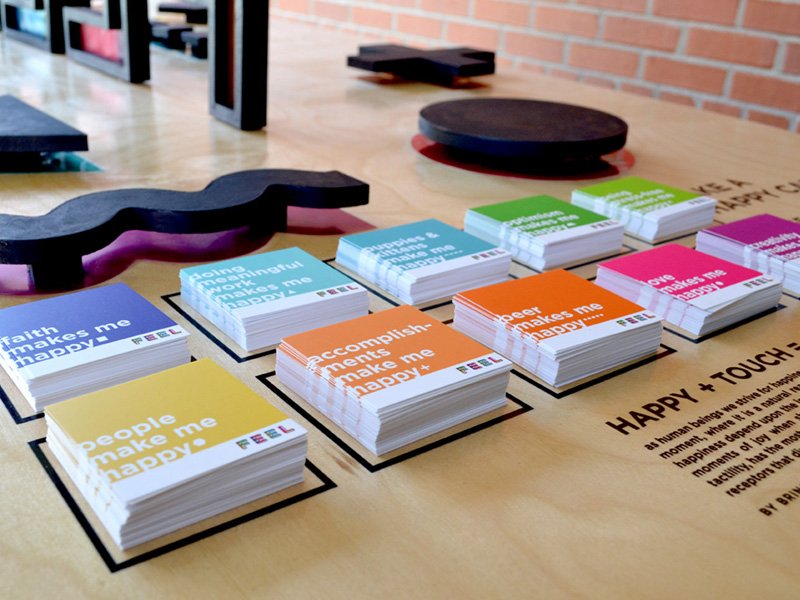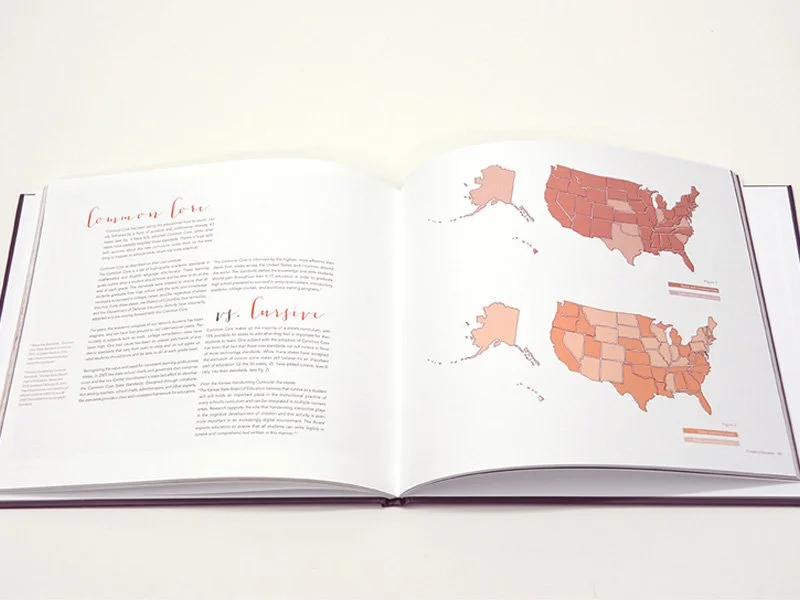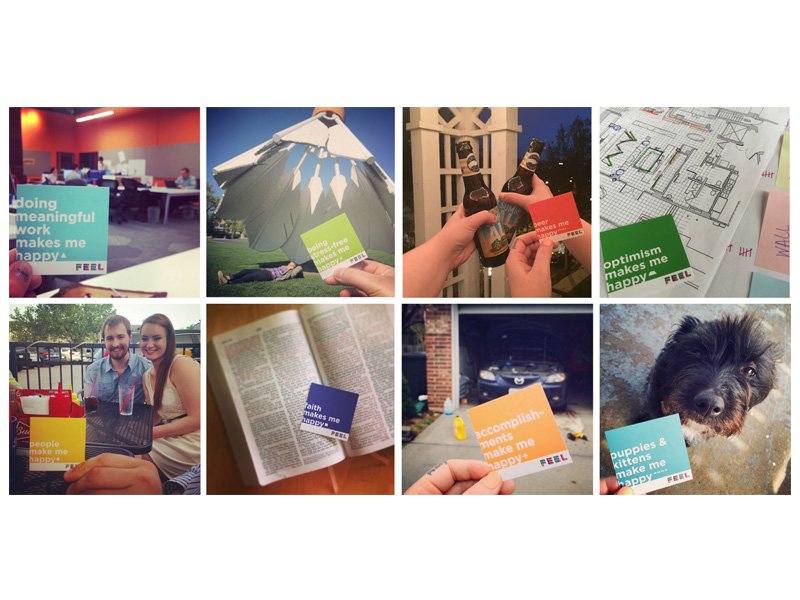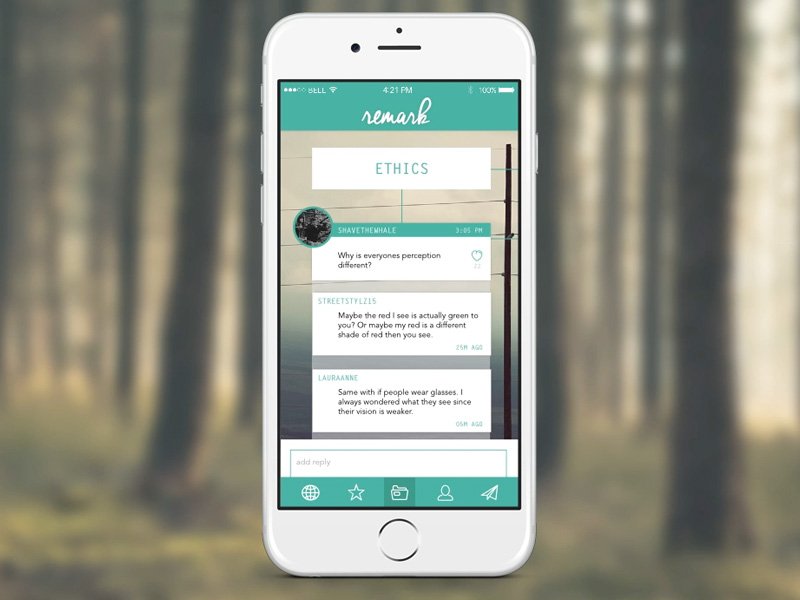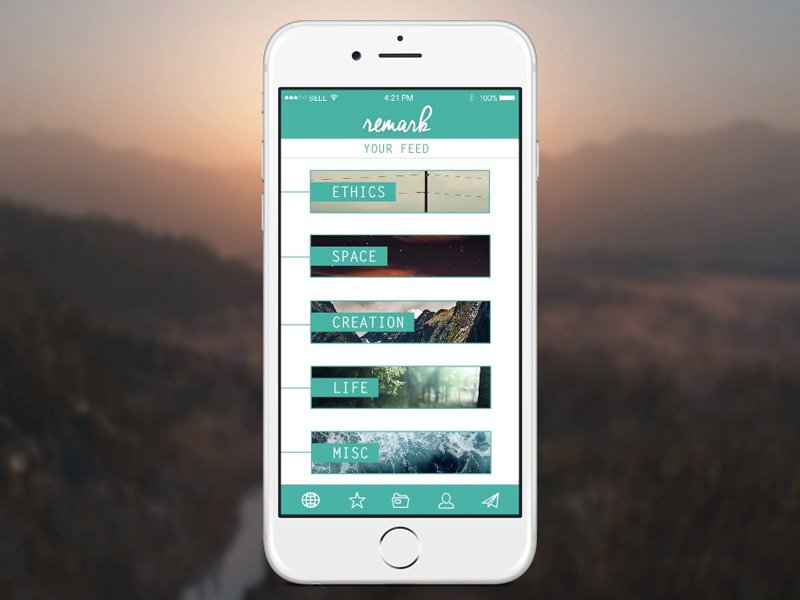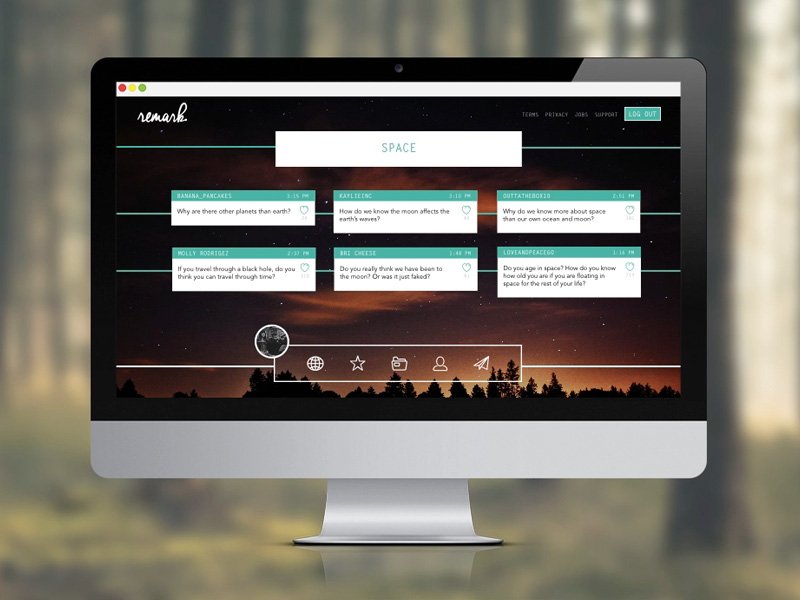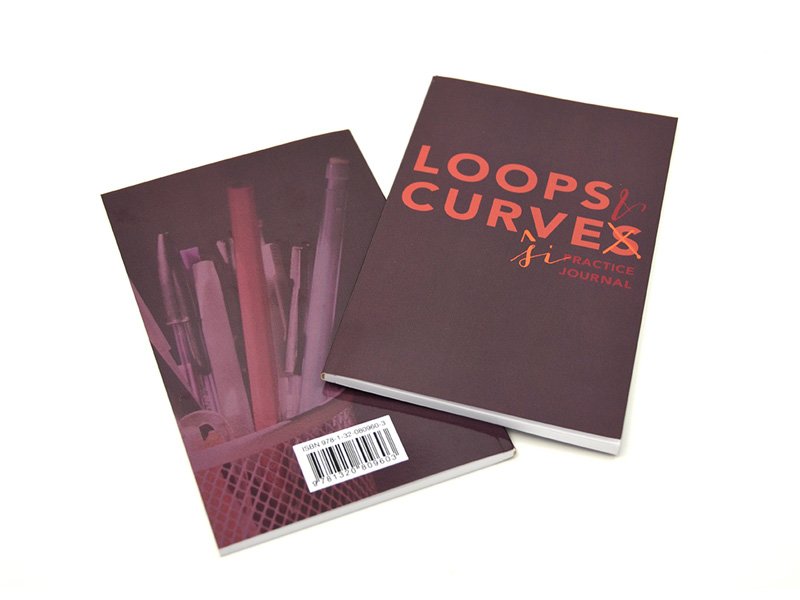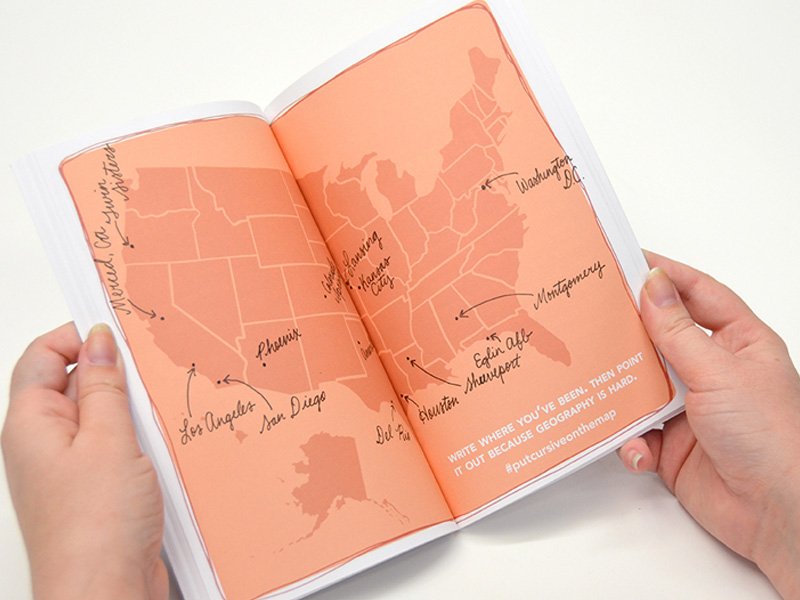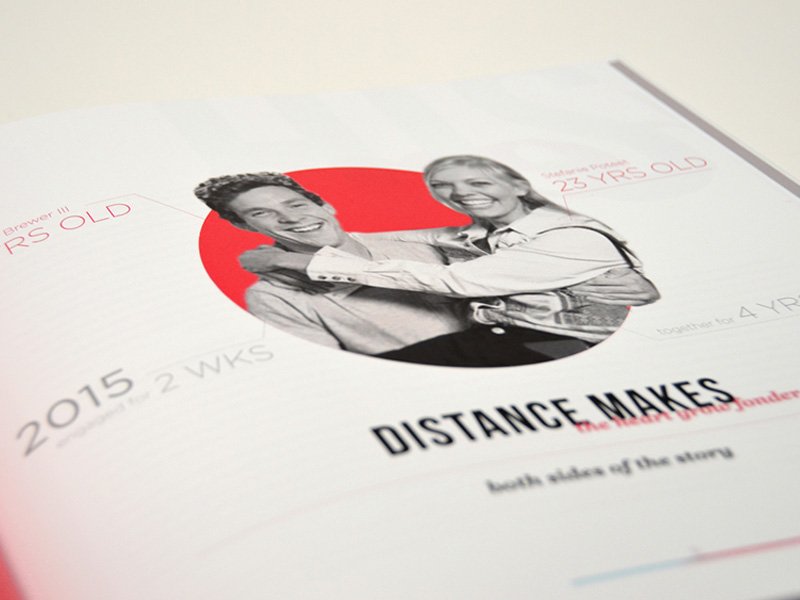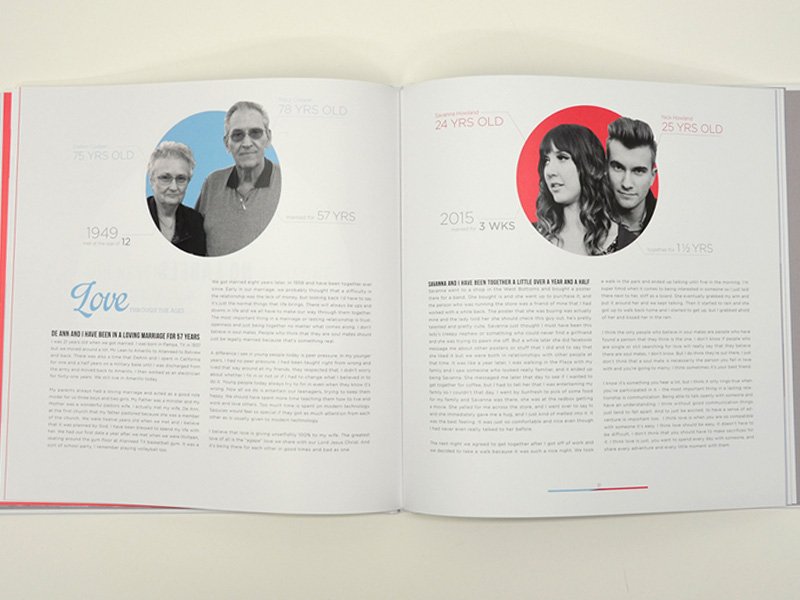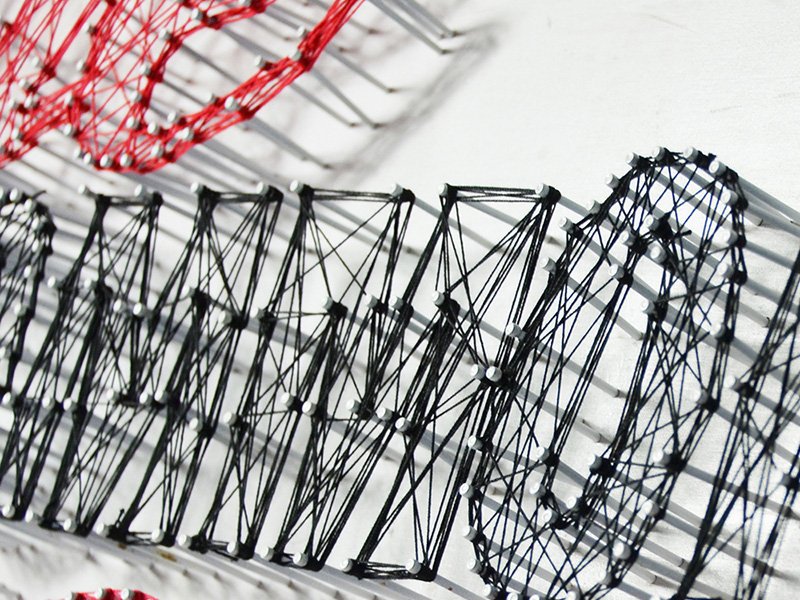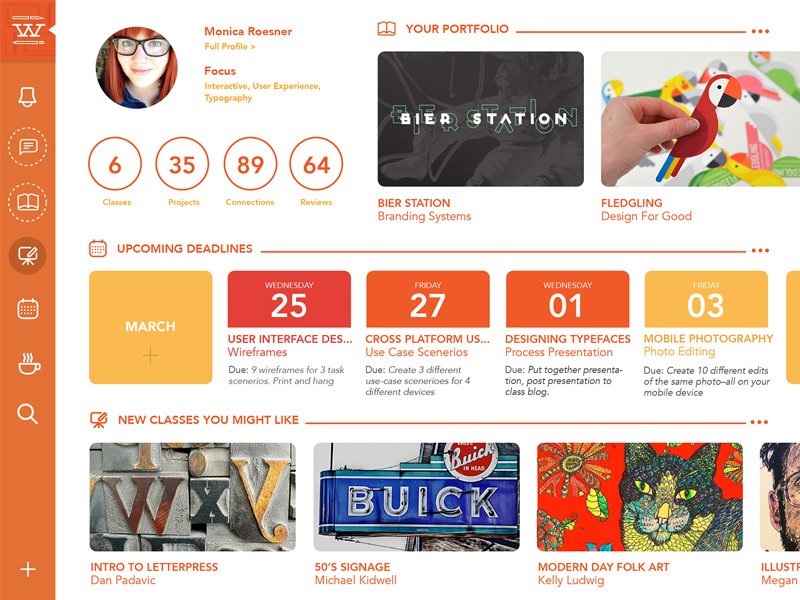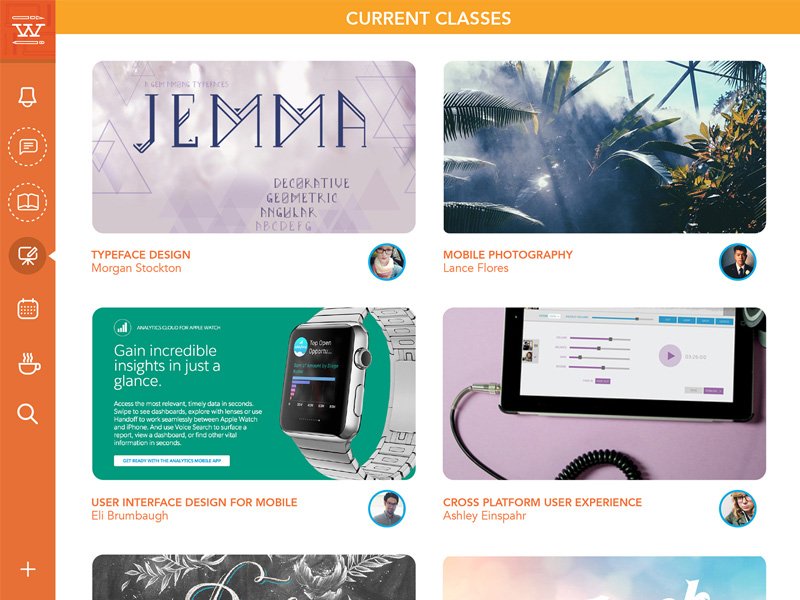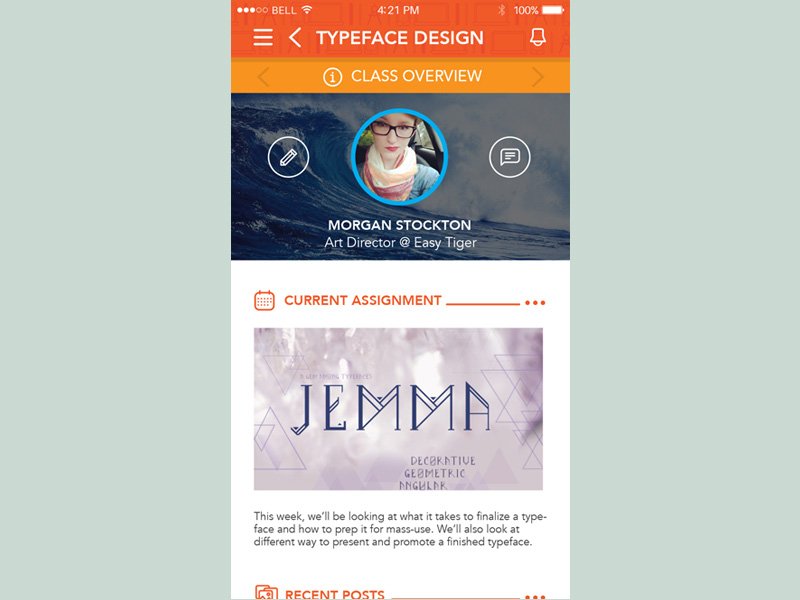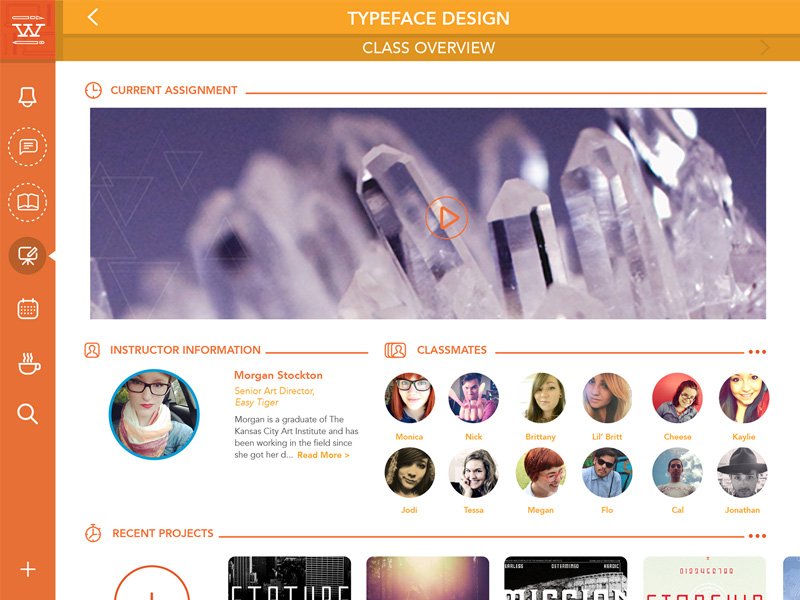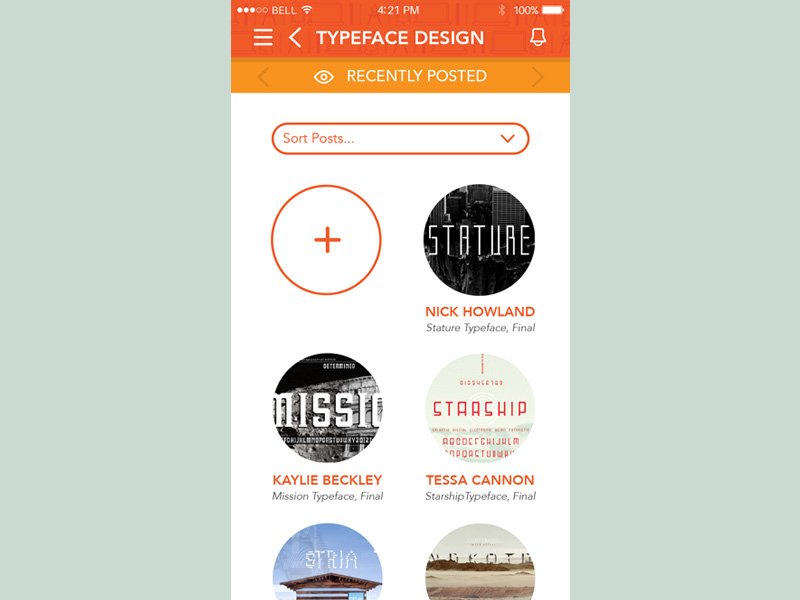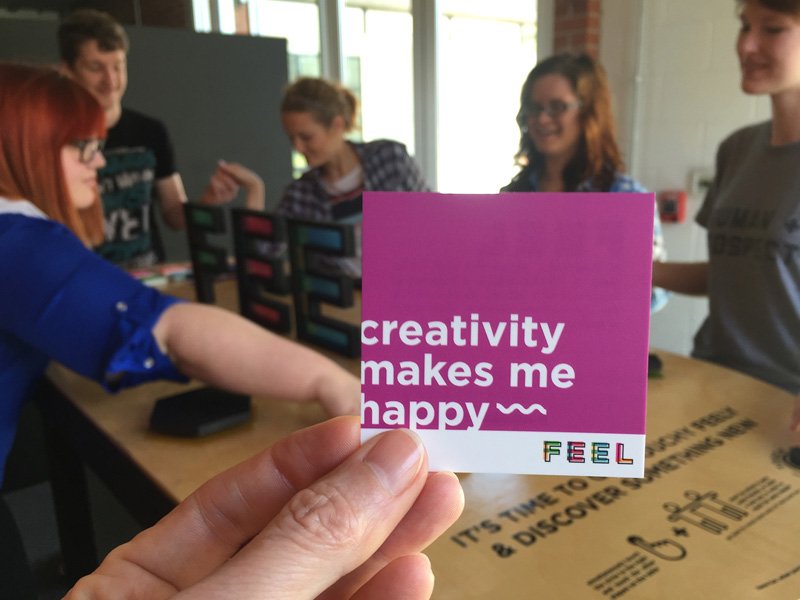
Senior Year
Visual Advocacy
Visual advocacy explores the range of ways we can empower others by initiating or co-authoring projects through direct engagement with the community. In the process we become socially and politically active as designers and artists. This class uses readings on theory, history and key players to inform its work with community activists in identifying and proposing solutions for the real problems their communities face.
Course objectives
Describe at an advanced level what visual advocacy is, and apply it through your own work in this class.
Hold a perspective on design’s role in society, as well as your role as a designer/artist in society.
Hold a perspective, at a basic level, on our ethical responsibilities and opportunities as creators of visual culture.
Hold a perspective on the value and roles of the audience in visual communications projects.
Explain at a basic level graphic design’s role in the history of advocacy and communication of socio-political ideas.
Describe at a basic level the design possibilities for empowering users and self-authored work.
Apply knowledge of authorship to the development of a self-initiated project.
Hold a perspective on various relevant social / political issues, and apply that through meaningful project work beyond the normal designer–client relationship.
Describe at a basic level what “sustainability” is and its relation to graphic design.
Apply critical thinking skills to making, speaking, reading, and writing about design issues at an advanced level.
Imagine, as visual communicators, how you can become an agent for positive change.

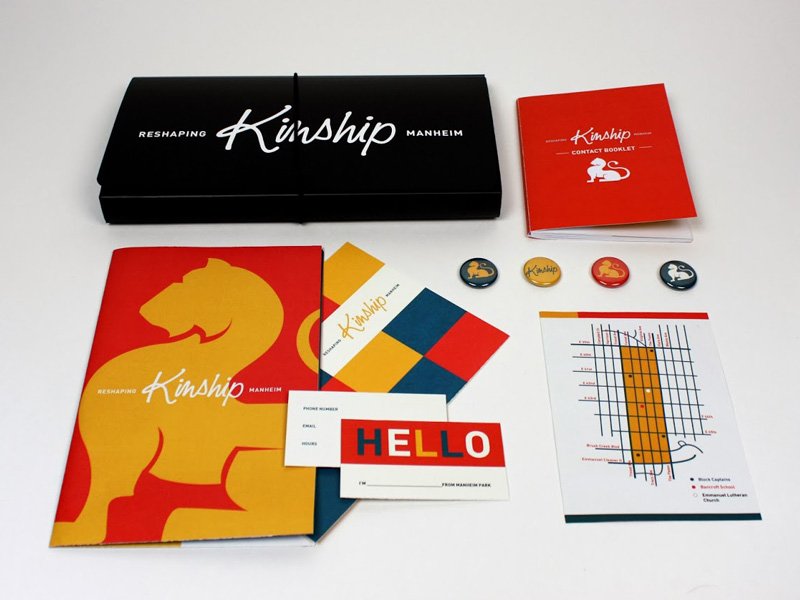
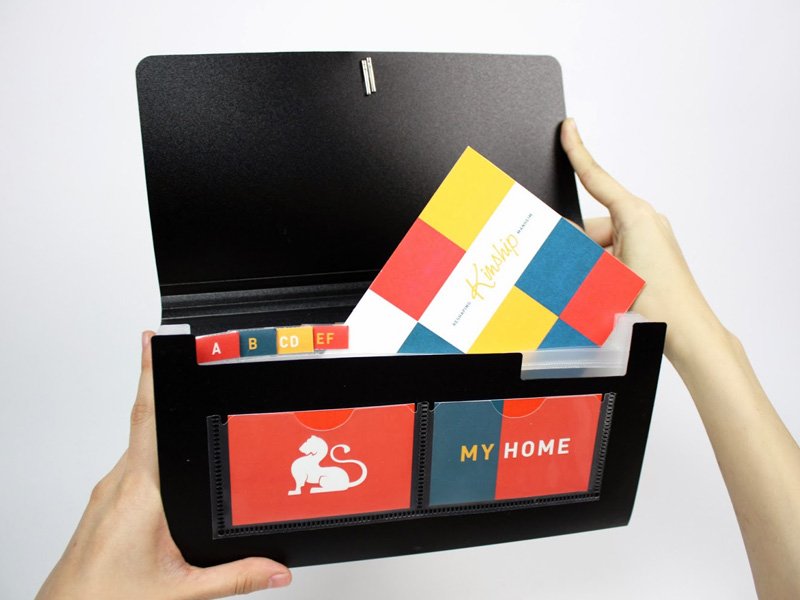

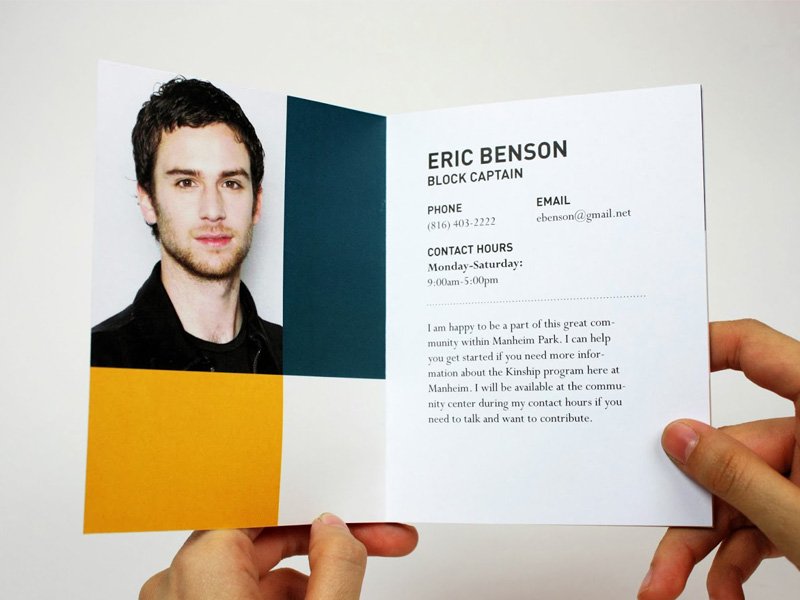
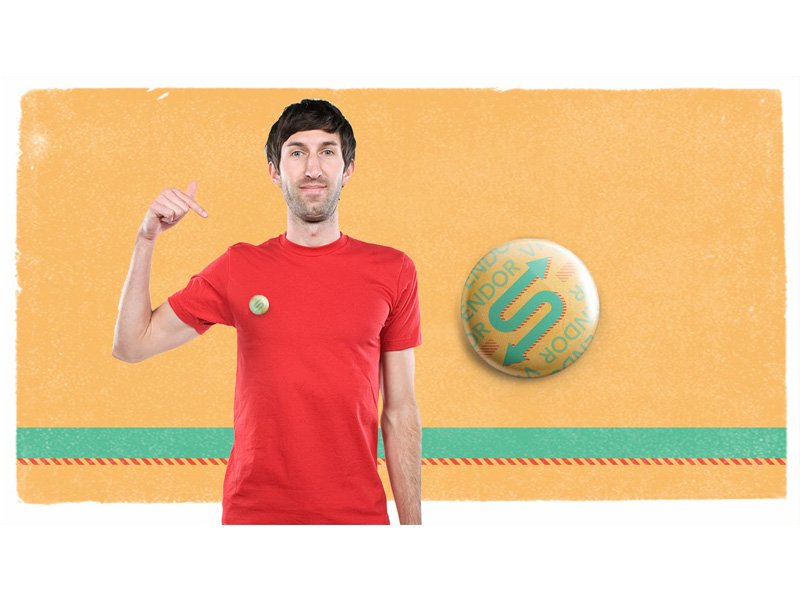
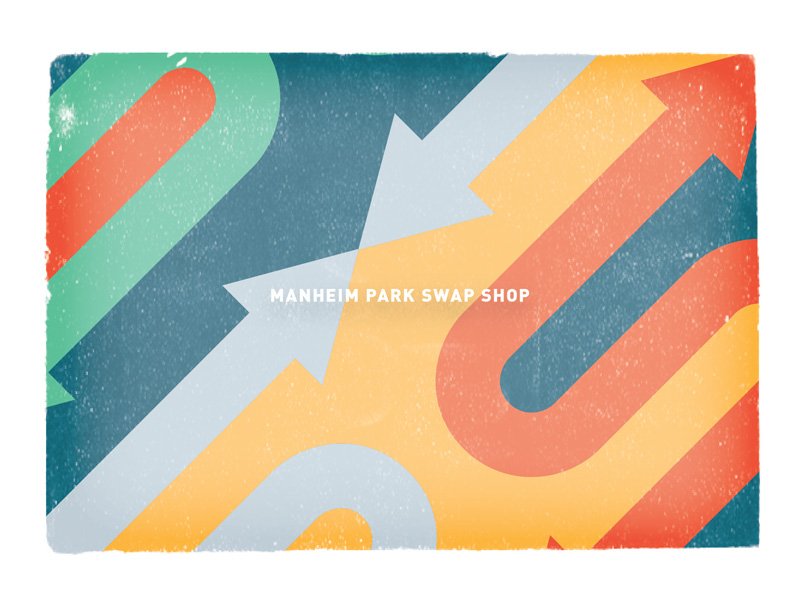
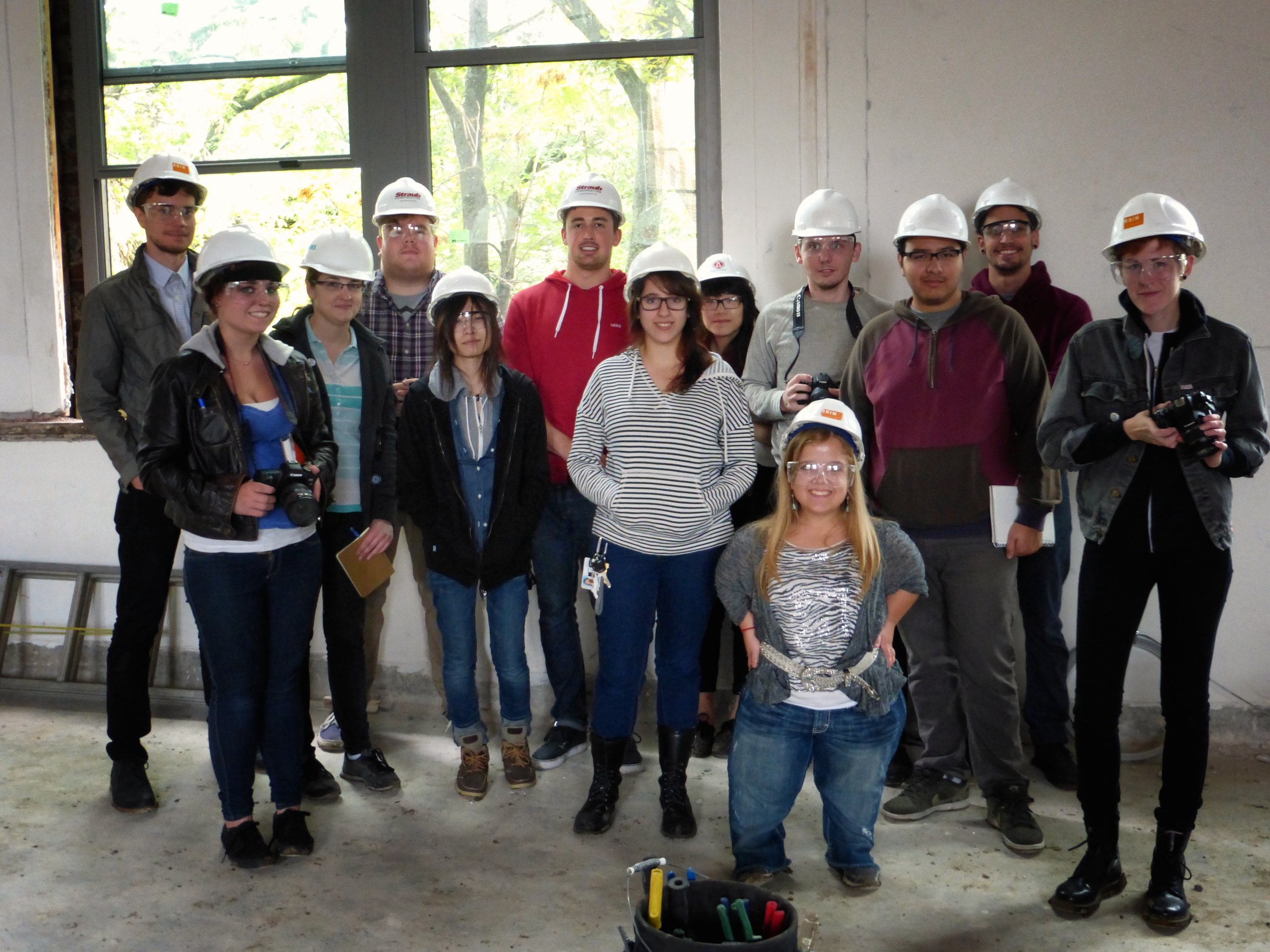
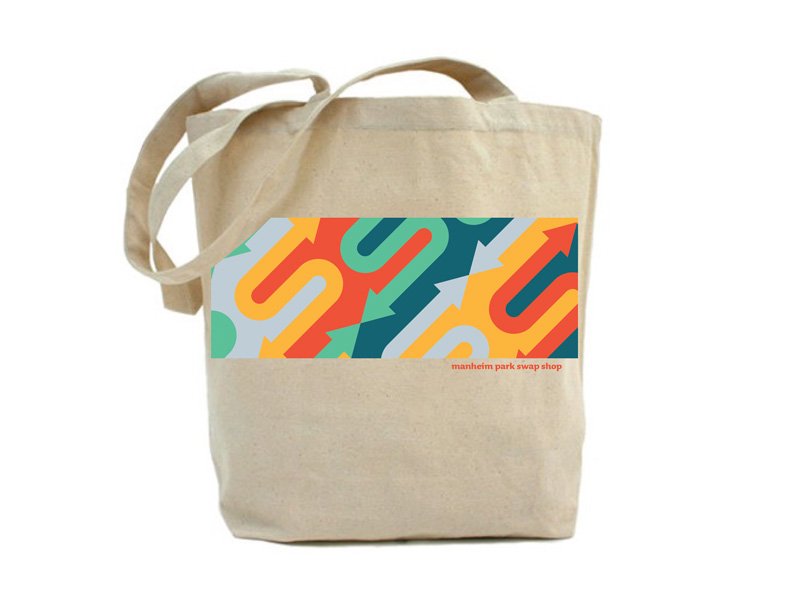
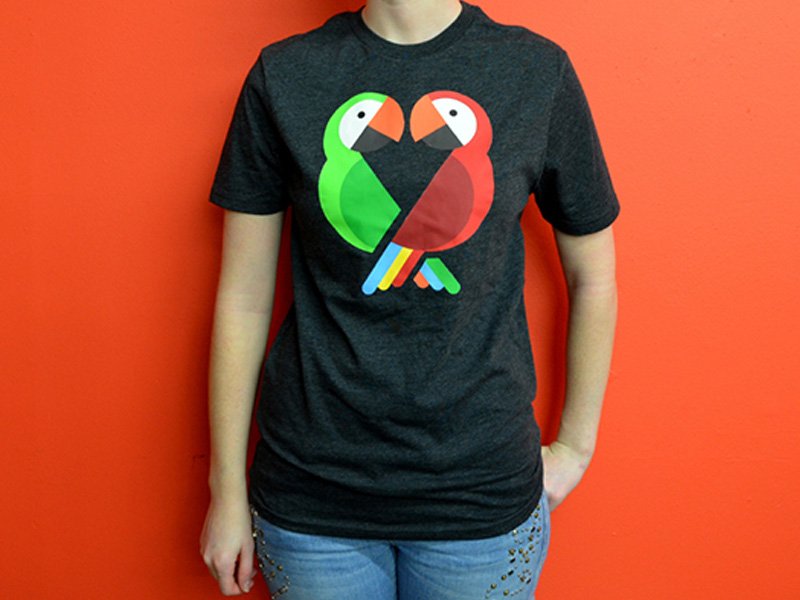
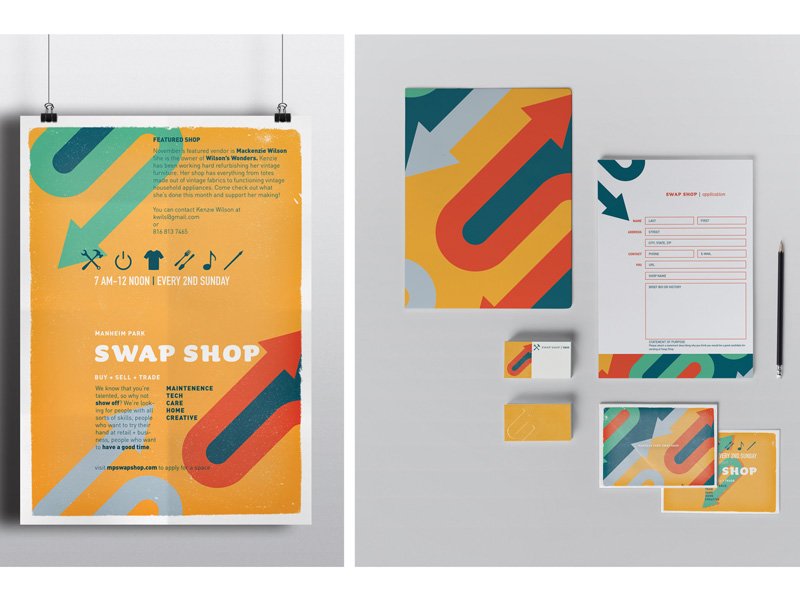
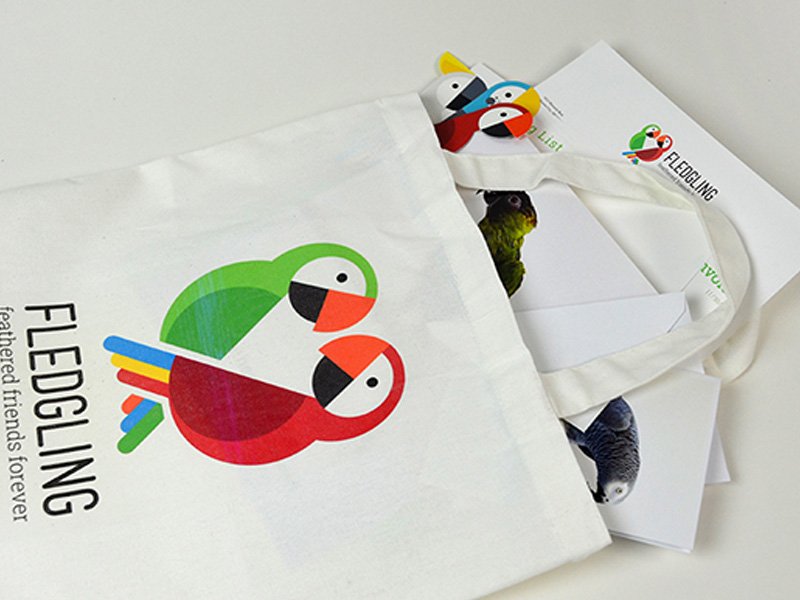
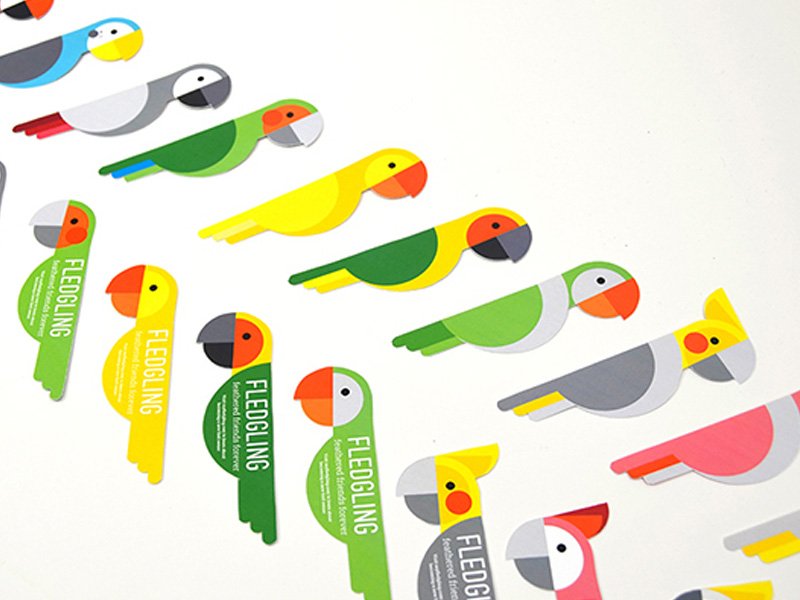
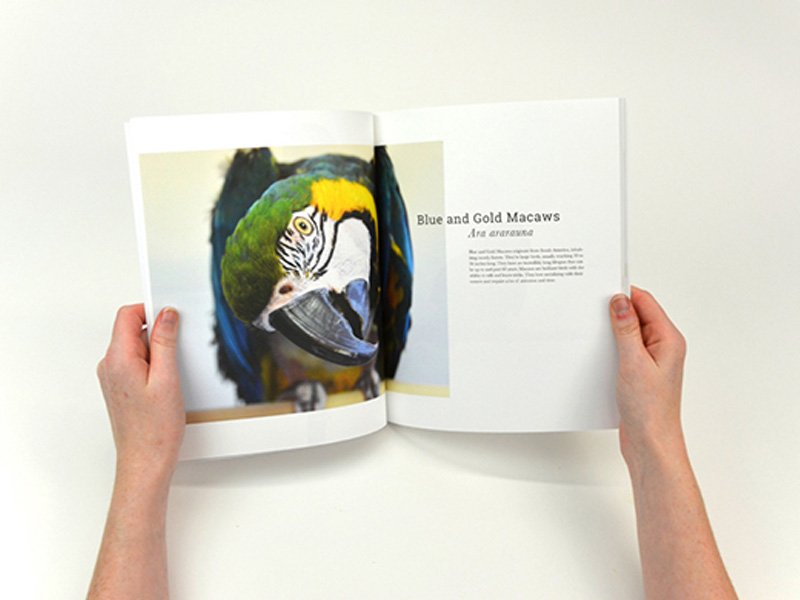
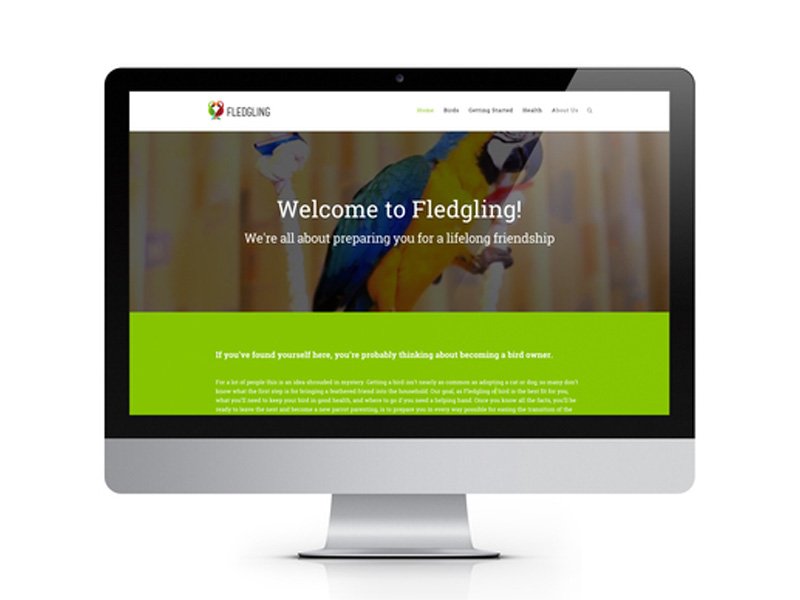
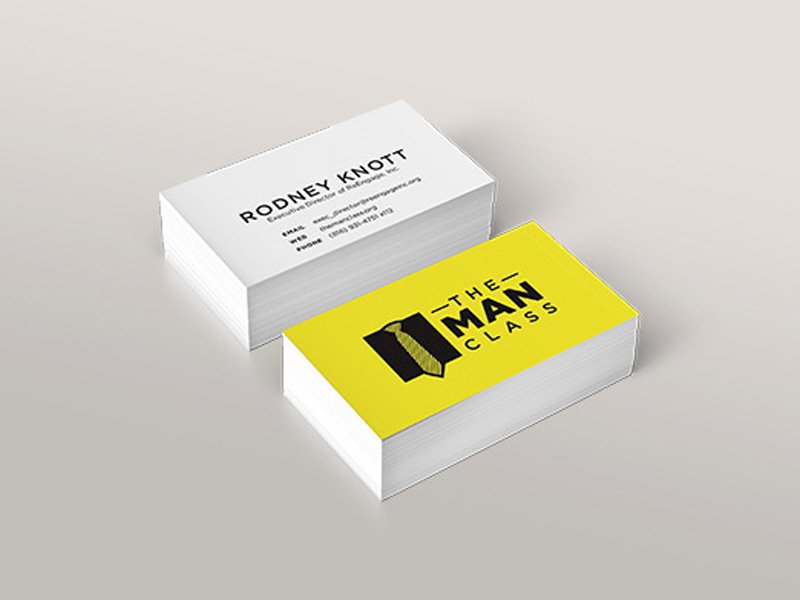



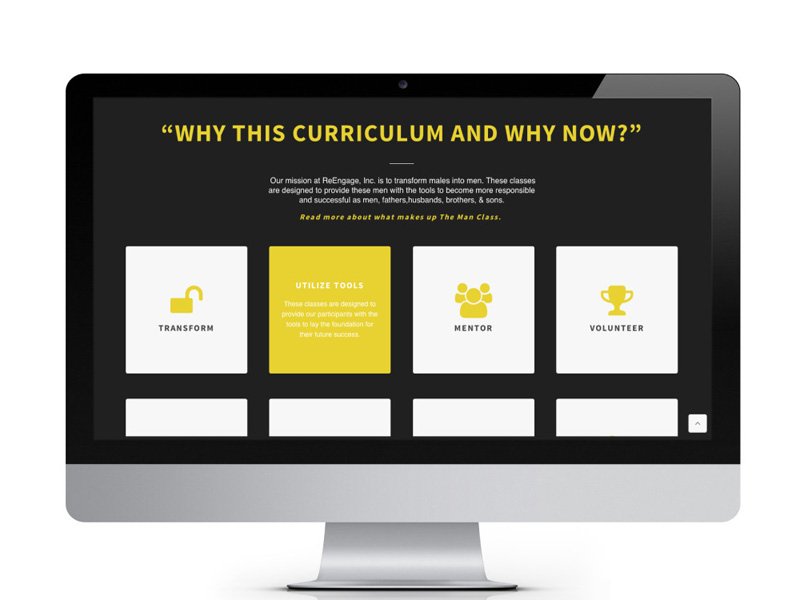
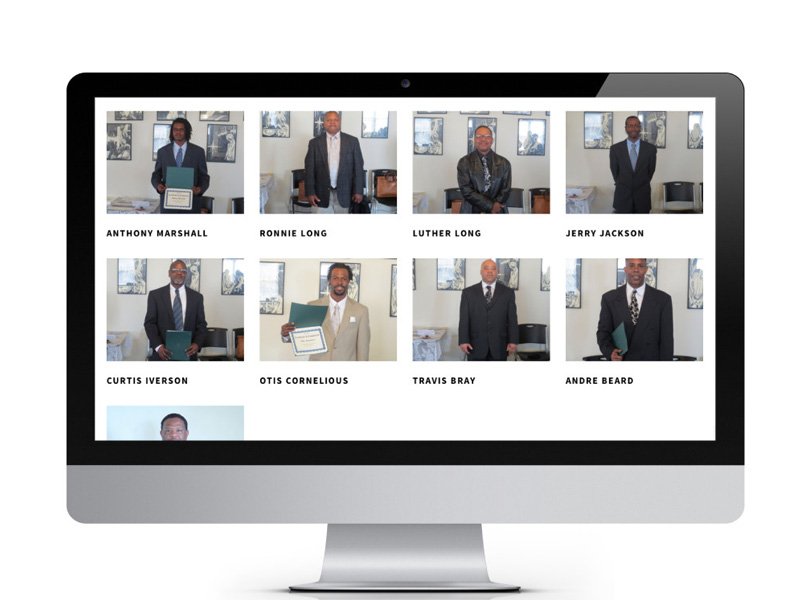
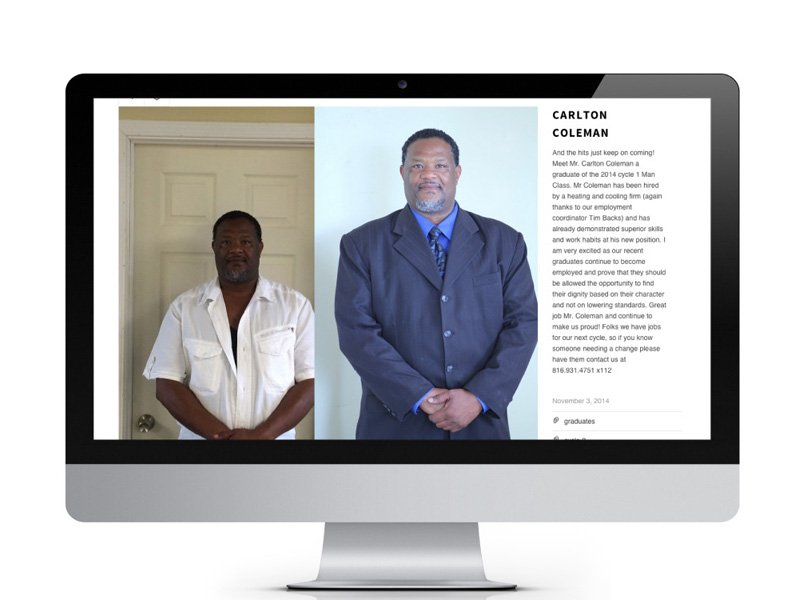




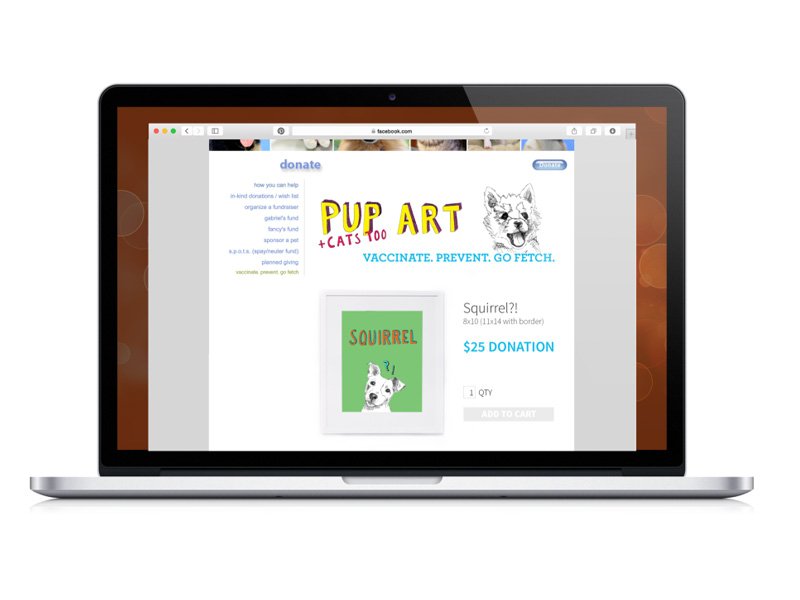
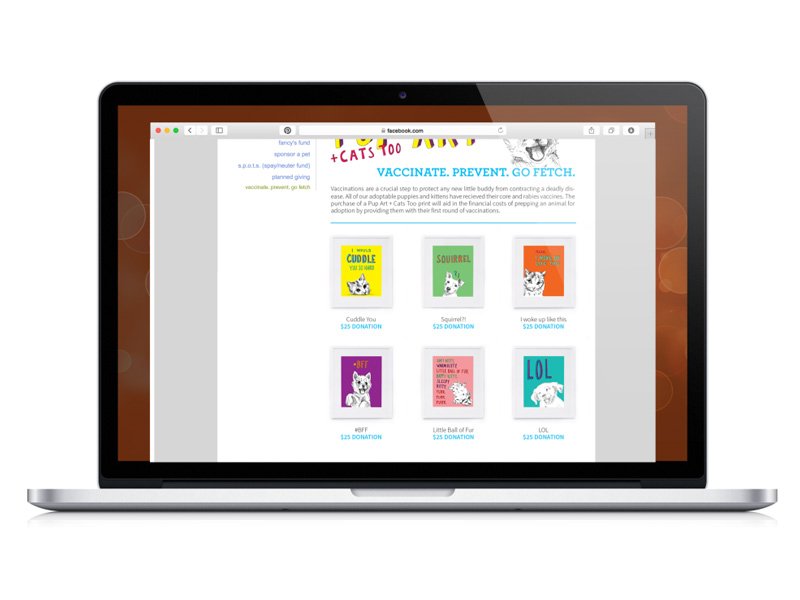
community advocacy project
Project description
Individually or in a group, identify a problem specific to your community partners and design a solution to address that problem. The audience, media, and subject matter are all open, though should be driven by your research—as your goal is to instigate, inspire and lead positive social change on behalf of the community partners. Project proposals will be developed and submitted to the “design ignites change” 2014 implementation awards for consideration of up to $10,000 to produce your project. see http://designigniteschange.org/pages/58-awards-sylvia-harris-citizen-design-award for details.
Specifications / restrictions
Specs: Open. Determined by research, context and audience. Utilizing multiple media that are appropriately targeted to your audience is encouraged.
Restrictions: Local audience you can speak to in person. Audience participation is required in the problem finding and rapid prototyping phases. The final project must involve user engagement/input on some level. It must be implementable within the community, and it must have positive results that can be measured and documented.
Degree Project
The senior degree project will focus on each student’s unique topic, in what will serve as the culmination of the graphic design undergraduate education. The degree project will be addressed both theoretically and practically, through extensive research, writing, visual experimentation, class discussion and personal insight. the goal of this course is to define, plan, develop and complete a professional-level design project. The goal of the project is to investigate how graphic design can affect [or change or influence or enhance or subvert or challenge] a thing [or place or experience] of personal interest to the student. This project should reflect the quality of the student’s design education and is considered instrumental to entering professional design practice.
Course objectives
Conduct self-initiated research on a design topic at an advanced level
Apply research knowledge to the thoughtful creation of appropriate design artifacts
Explain the process and findings of a chosen topic at an advanced level
Hold a perspective on issues surrounding a chosen topic
Make connections between visual communication and other subjects
Structure a significant design exploration at an advanced level, including setting deadlines, document and exhibit the results of the exploration (online and at the senior show)

